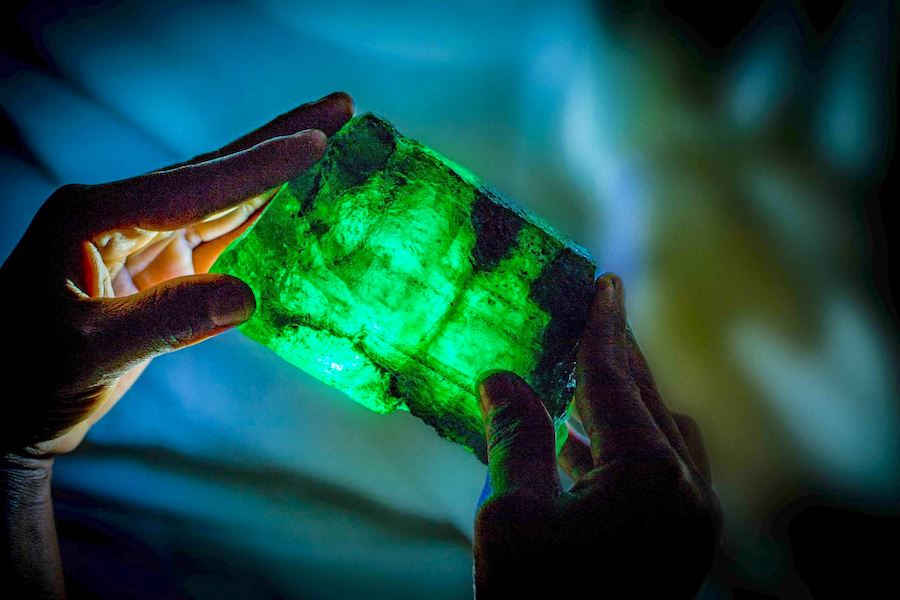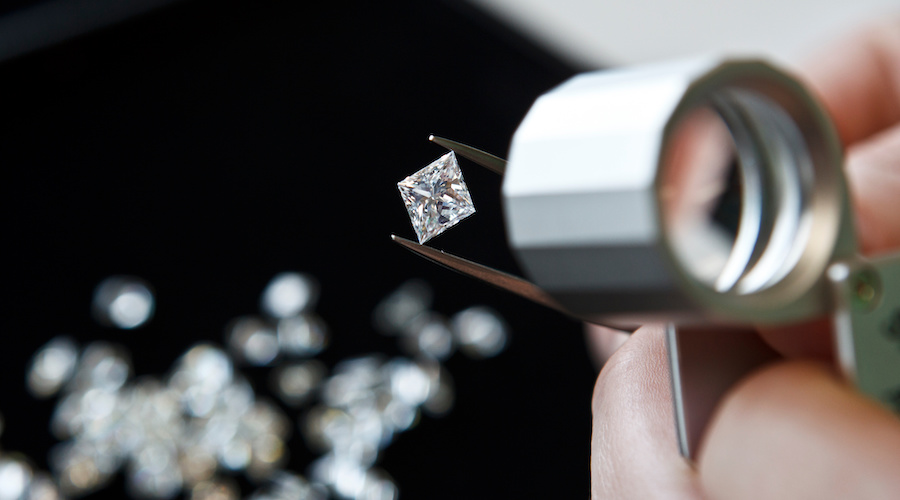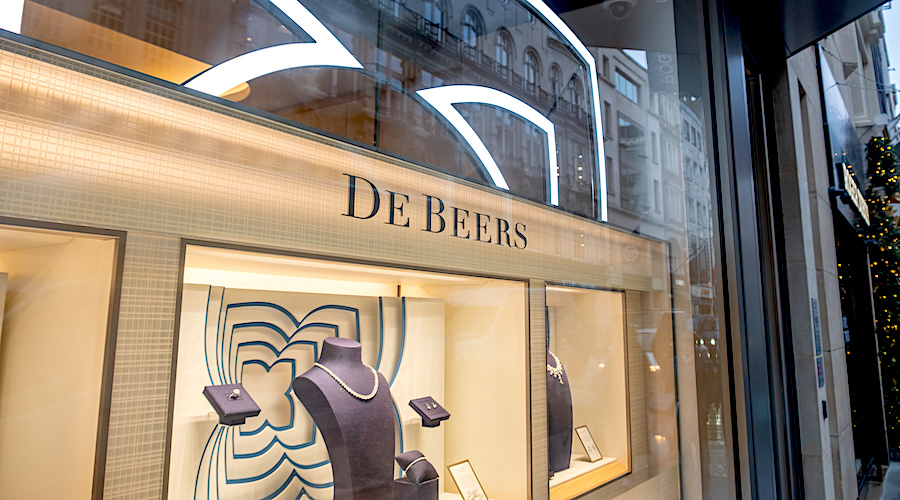Tiffany is undergoing a revitalization effort under Bogliolo, seeking out younger shoppers with a refreshed image. It has enlisted celebrities like Zoe Kravitz, Elle Fanning and Maddie Ziegler and is undertaking a massive renovation of its New York flagship store. The comeback hit a snag last quarter, however, as tourist spending waned, even as Tiffany made inroads with the younger crowd.
Bogliolo said that revealing the provenance of Tiffany diamonds isn’t a marketing gimmick, but a real effort to attract more customers who value transparency. He said while Tiffany was for years seen as a more conservative label, management has recently taken major strides to appeal to a broader clientele.
“What we did in the past couple of years has been to really embrace change, with the objective of being culturally relevant for the people — for society today,” Bogliolo said.
Effective Wednesday, shoppers will be able to see the region or country of origin displayed alongside a selection of diamond rings, and they can ask store employees for geographic information for all newly sourced, individually registered diamonds.
Full Journey
Going forward, Tiffany plans to share a diamond’s full journey through the supply chain — from where it was mined to where it was cut and polished — by 2020. The retailer said this would be an industry first.
The diamond industry has sales of about $80 billion annually, according to De Beers, and sourcing practices are infamously murky. It took major investments to even be able to provide that kind of provenance information.
Over the past two decades, Tiffany has spent tens of millions of dollars in diamond cutting and polishing, while most jewelers purchase cut diamonds from suppliers. The company employs more than 1,500 people at its diamond workshops.
Most Tiffany diamonds come from known mines in South Africa, Namibia, Botswana, Russia and Canada. Tiffany won’t acquire any new diamonds with unknown origins, even if they’re compliant with broader industry yardsticks.
“I hope that this will be able, also, to improve the standards of the diamond industry,” Bogliolo said.
(By Kim Bhasin and Emma Chandra)





